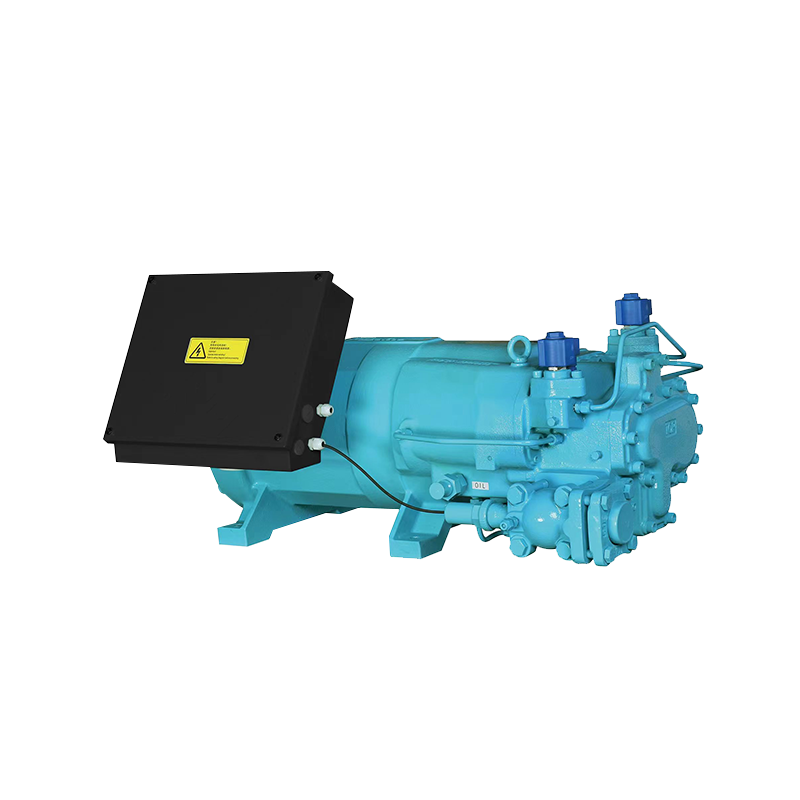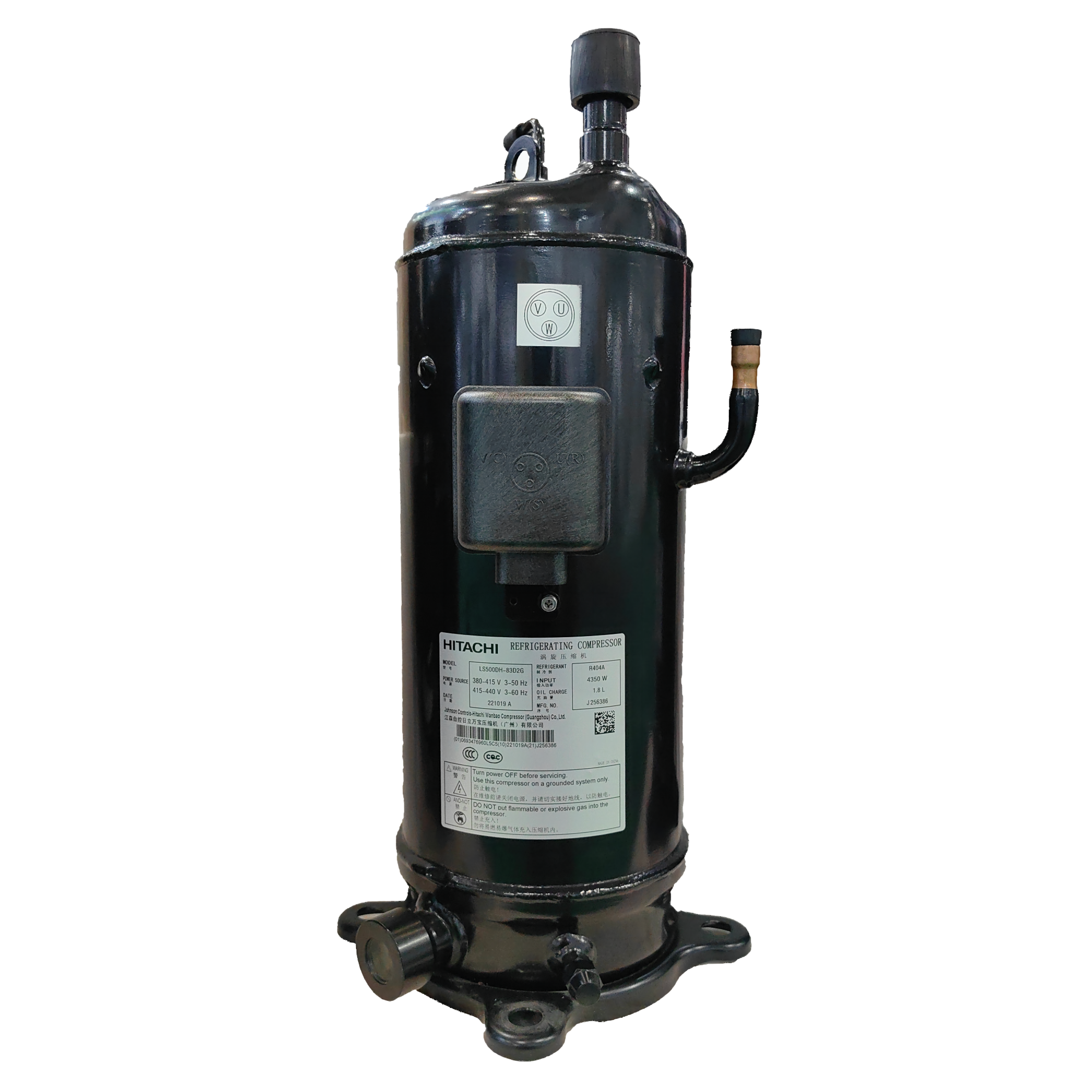The refrigerator compressor is the heart of the refrigerator, and its proper operation directly affects its cooling performance. If your refrigerator isn't cooling, makes unusual noises, or starts frequently, it's likely that the compressor is malfunctioning. Here are a few simple ways to check:
Content
1. Check the Compressor's Appearance and Temperature
The refrigerator compressor is typically located at the bottom back of the refrigerator and is a black metal can. First, inspect the outer casing for obvious damage, dents, or signs of oil leakage. Oil stains could indicate a refrigerant leak, which is often a sign of a compressor problem.
You can also gently touch the compressor's outer casing. When operating normally, the compressor will feel warm to the touch. If it's too hot to touch, it may be overheating; if it's completely cool, it may not be starting.
2. Listen for the Compressor's Operation
A normal compressor will make a slight humming sound during startup and operation. If the refrigerator is completely silent during operation, the compressor may not be working. If it's loud or has unusual sounds, such as metal rubbing or knocking, it may be due to wear on internal parts. If the compressor makes a clicking sound and then stops, it may be a problem with the starter or thermal protector.
3. Check the Compressor's Startup
When the refrigerator temperature reaches the set point, the compressor will stop and restart as the temperature rises. Unplug the power cord, wait a few minutes, then plug it back in to see if the compressor starts. If the compressor starts and stops frequently, it may indicate a circuit problem or overload protection. Normally, it should continue running for a while after starting until the temperature reaches the set point.
Precautions
| Symptoms | Common Causes | Solution |
| Refrigerator compressor does not start | Power supply problem, starter failure, thermal protector failure | Check the electrical outlet, replace the starter or thermal protector |
| Refrigerator compressor overheats | Refrigerant leak, poor heat dissipation, motor winding short circuit | Refill refrigerant, clean the back of the refrigerator, replace the refrigerator compressor |
| Refrigerator compressor is noisy | Loose or damaged internal parts, deterioration of the shock absorber | Tighten the screws, replace the shock absorber, replace the refrigerator compressor |
Checking the compressor requires specialized knowledge and tools. If you are unfamiliar with the operation, please contact a professional repair technician. Do not disassemble the compressor yourself to avoid damage or the risk of electric shock. A professional can use a multimeter or other tool to test the compressor's resistance and current for a more accurate assessment of its condition.

 English
English Español
Español عربى
عربى русский
русский











